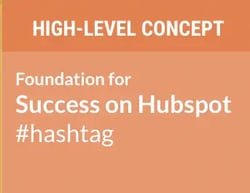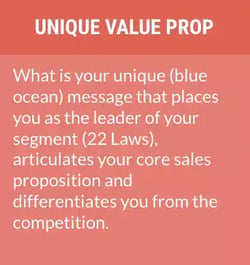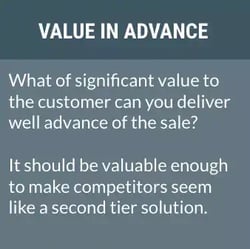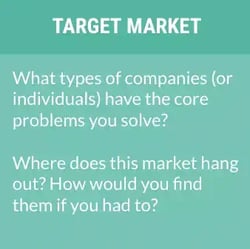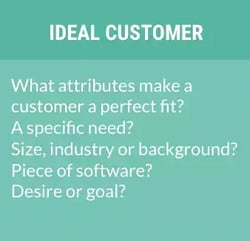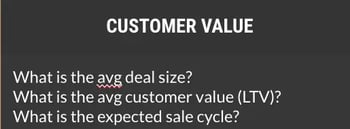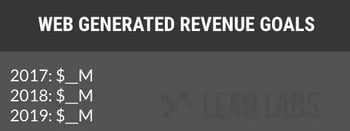There's one consistent thing that a lot of companies get wrong about their customer.
It's the customer's actual problem.
Here's how it happens: the company has a great product or solution. They think and believe that their ideal customer wants that product. Then, they build a website around the solution, making all kinds of assumptions to inform key pages, website content, and the buyer journey.
Then, the website doesn't perform well, and there's mass panic.
When you're not focusing on the customer, it's a common mistake to make. That's why I start every website strategy with a few critical strategy documents and templates, including our version of the lean business model canvas.
With this template, you can validate your website strategy and ensure you're building a website that solves the right problem.
website grader
What's Killing Your Website Conversions? Find Out Now
Use our proven conversion kit to analyze your website. Uncover what’s working so you can amplify it, pinpoint areas that need improvement, and get our expert advice on how to turn your website into your brand’s #1 salesperson.
- Diagnose your biggest website pitfalls
- Step-by-step recommendations for improvement
- Maximize visitor engagement and conversions
Thanks for submitting the form!
What Is The Lean Business Model Canvas?
The purpose of our business model canvas (adapted from the Lean Canvas by Ash Maurya) is to document the business model from a customer-centric perspective.
You use your customer's day-to-day experience, current state of mind, triggers, and other characteristics to understand their challenges and provide the best possible solutions. You also define your own goals and the exact customer you want to target. All of that information informs a smarter, more strategic website strategy.
Here’s how the lean business model canvas breaks down.
#1. Understanding Your Customer's Problem
What’s the biggest challenge that the customer has that you’re trying to solve? You want to put it in their words, as a lot of customers may not accurately articulate their problem.
For instance, instead of saying, "I want a new air conditioner," they may say, "I want the house to be cooler," or "I want to lower my monthly energy bill."
After documenting those frustrations, you want to throw rocks at your theories. How do you know those are actual problems?
You also want to determine why the customer hasn't solved the problem yet. And instead of asking, "Why hasn't my customer replaced their air conditioner yet?", You want to ask "What is preventing my customer to lower their monthly energy bill?" or "Why is my customer putting up being hot and sweaty instead of solving the problem?"
The problem will be the compass of your entire strategy, so it’s critical that you get it right.
#2. Defining Your Solution
From the perspective of your customer (not your marketing team), what are the solutions you sell? If I were to fill out this section for HubSpot, for example, my reply would not be a marketing automation platform. It would be "a tool to help grow your business." Because from the perspective of their customers, that is what the tool does.
If your product or service doesn't provide a compelling solution, you may need to go back and reevaluate what you're selling and who it helps.
As Seth Godin says, "to get your product or service to stand out in the market and be immediately noticeable, you need to make it a purple cow, or wholly different and eye-catching."
This step isn't only about validating your website strategy, but your solution as well.
#3. Identifying Significant Trigger Events
Trigger events are the key to website messaging. You're defining the specific reasons a customer would seek a solution right now. Trigger events can include staff or vendor turnover, software upgrade or poor performance. I use these trigger events to inspire blog content ideas and write website page headlines.
To assess whether or not you understand trigger events, ask your existing customers. What brought them your way? You can also talk to customers who made a switch to your platform over a competitor about their specific trigger event.
#4. Listing The Existing Alternatives
Once you know what existing alternatives are out there, you can create more compelling website content for every buyer journey stage. You can offer reasons why these alternatives aren't capable (show, don't tell) and create more compelling points for conversion pages.
#5. Explaining What Your Solution Does
For the value statements, you want to explain what your solution does in great detail. What makes you stand out from your competitors or other alternatives? For this step, you want to avoid citing customer support, price point, or on staff experts as unique traits. In my experience, they’re not differentiators, as any company will use them to try to stand out.
#6. Articulating Your High-Level Concept
What’s the bird’s eye view of what you do? You want a broad, all-encompassing statement for this section. Try to put it into the simplest terms. The high-level concept is critical to nail down, as your website (from a broad view) should express the same idea.
#7. Crafting Your Unique Value Proposition
To write a compelling unique value proposition, I recommend using the blue ocean methodology. The blue ocean message approach is about creating and capturing uncontested market space,” which makes other competitors irrelevant.
With a strong UVP, you can articulate your core sales proposition and express it throughout your site.
#8. Offering Value In Advance
Before the customer needs to open their wallet, what can you deliver well advance of the sale? The value in advance offer can include offers, lead magnets, and workshops. The goal is to provide a resource that offers tremendous value to the visitor right away.
When you identify the value in advance, you can guarantee that you have something to attract, engage, and convert new leads on your website.
#9. Clarifying Your Target Market
When you describe your target market, you will decide which types of companies (or individuals) have the core problems you solve. You also want to get specific about the characteristics and demographics of your target persona, such as income, monthly sales, size, and location.
VIDEO INSIGHTS
Learn The 4 Pillars Of A Winning Website.
Watch the FREE video training to learn:
- The #1 marketing mistake most websites make
- Four pillars of a winning website
- A step-by-step process to apply these pillars to your site
Thanks for submitting the form!
You’ll use these points for your key conversion pages. It will also inform what customer information you will need to collect at every stage of the buyer journey.
#10. Describing Your Ideal Customer
When you’re identifying your ideal customer, you want to focus on attributes that make a customer a perfect fit. You can get more selective in this box, citing their desired goals, blind spots, or the ideal amount of money they would spend on a solution. You can use the ideal customer information to inform the buyer journey and website messaging.
#11. Determining Customer Value
You can evaluate customer value by answering a few questions:
- What is the average deal size?
- What is the average customer value (LTV)?
- What is the regular sale cycle?
The customer value context can help you pace out the buyer journey, determining how long the lead may take to become a customer. You can use this to plan out the website pages effectively and conversion path necessary to convert customers.
For instance, with longer sales cycles, you may need more website content for the consideration stage, and so forth.
#12. Setting Web Generated Revenue Goals
Without specific revenue goals, it will be difficult to build a website that will perform the way you're expecting. For example, if you need to obtain a 20% growth month over month in website sales, you may need to dedicate more time to conversion pages. When you go into a website strategy knowing what you want to accomplish, you can allocate time and resources to focus areas.
Creating Your Website Strategy With The Lean Business Model Canvas
The Lean Business Model Canvas helps you better articulate the customer's problem and determine how your solution solves it. In my experience, it's a critical tool to help find gaps in your website or website strategy. Sometimes, you may even find weaknesses in your business model.
It's one of many website strategy documents I use to create website strategies and launch high-converting websites in 75 days. You can access all of our strategy documents and templates in our Strategy Kit for free, which also includes a proposed website project plan and timeline.
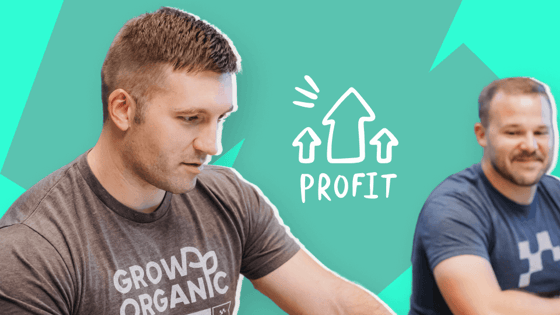
.webp?width=576&name=canvas%20(1).webp)
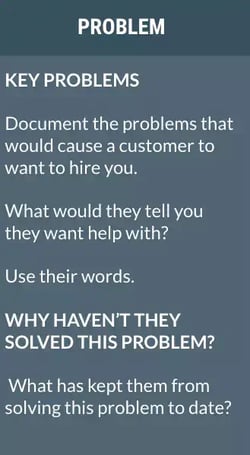
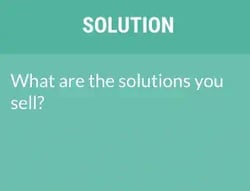
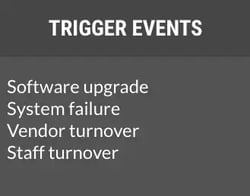

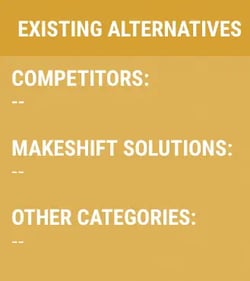
.webp?width=250&name=value%20statements%20(1).webp)
